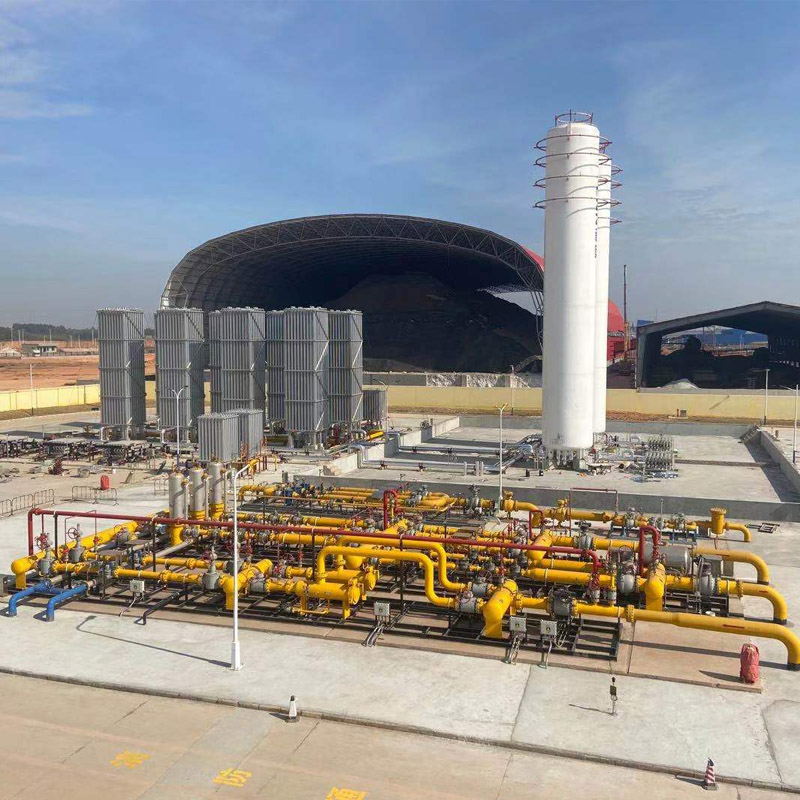
Sep . 16, 2024 01:19
Back to list
gas heat exchanger
A gas heat exchanger is a critical component in many industrial processes, playing a significant role in energy efficiency and heat recovery systems. The primary function of a gas heat exchanger is to transfer heat between two or more fluids, ensuring an optimal thermal process while minimizing energy loss. This technology is especially important in gas-fired systems, where it maximizes the energy harnessed from combustion gases.
In various applications, such as power generation, chemical processing, and HVAC systems, gas heat exchangers facilitate the recovery of waste heat. By capturing and reusing heat that would otherwise be lost, these systems can improve overall efficiency and reduce greenhouse gas emissions. For instance, in a power plant, the hot flue gases produced during combustion can be passed through a heat exchanger to preheat the incoming air or water, thus reducing the overall energy consumption of the system.
There are several types of gas heat exchangers, including shell-and-tube, plate, and air-cooled versions. Each design comes with its advantages and specific applications. Shell-and-tube heat exchangers are widely used due to their robustness and ability to handle high pressures. Meanwhile, plate heat exchangers are known for their compact design, allowing for efficient heat transfer in smaller spaces. Air-cooled heat exchangers, on the other hand, are ideal for locations where water resources are limited, using ambient air to cool the working fluids.
gas heat exchanger

The efficiency of a gas heat exchanger is influenced by factors such as the temperature difference between the hot and cold fluids, the flow arrangement, and the surface area available for heat exchange. Innovations in materials and design have also led to significant improvements in their effectiveness and durability. Advanced coatings and better thermal conductivity materials ensure that modern heat exchangers can handle higher temperatures and corrosive environments, thus enhancing their lifespan.
Moreover, with increasing environmental regulations and a shift towards sustainable practices, gas heat exchangers are becoming essential in energy conservation efforts. Industries are increasingly focused on reducing their carbon footprint and maximizing energy recovery, and gas heat exchangers play a vital role in achieving these goals. In summary, gas heat exchangers are indispensable tools in modern engineering that help optimize energy use, reduce emissions, and contribute to a more sustainable future. Their continued development will be crucial as industries strive for greater efficiency and environmental responsibility.
Latest news
-
Safety Valve Spring-Loaded Design Overpressure ProtectionNewsJul.25,2025
-
Precision Voltage Regulator AC5 Accuracy Grade PerformanceNewsJul.25,2025
-
Natural Gas Pressure Regulating Skid Industrial Pipeline ApplicationsNewsJul.25,2025
-
Natural Gas Filter Stainless Steel Mesh Element DesignNewsJul.25,2025
-
Gas Pressure Regulator Valve Direct-Acting Spring-Loaded DesignNewsJul.25,2025
-
Decompression Equipment Multi-Stage Heat Exchange System DesignNewsJul.25,2025

